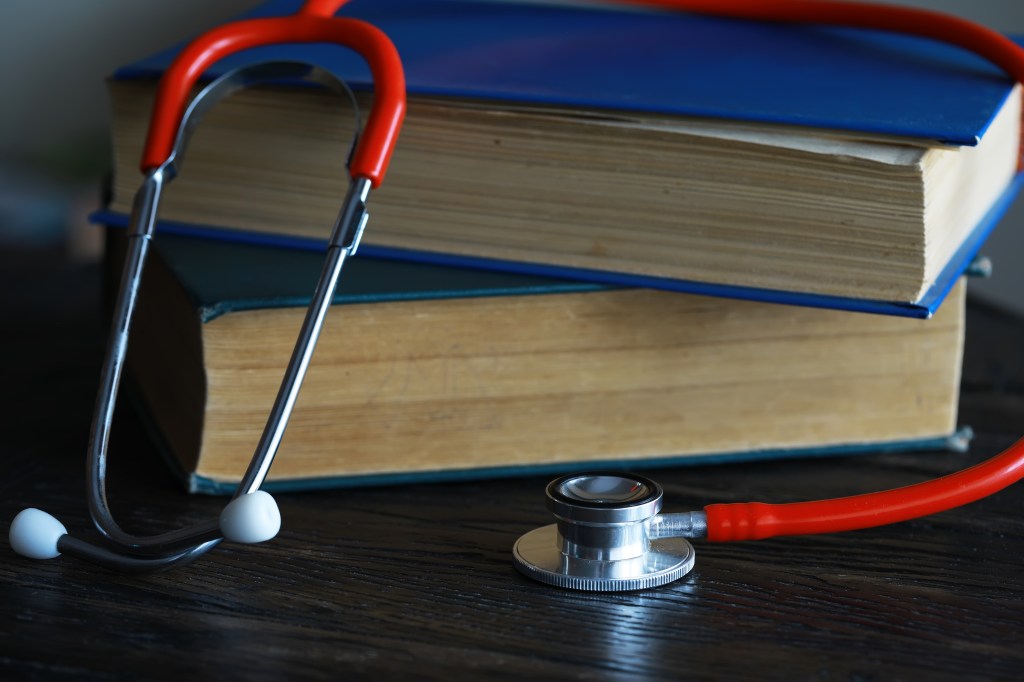Queens and Staten Island have a unique medical mystery on their hands. New York City’s two most suburban boroughs are suffering from a serious case of “med school deficiency.” Despite their growing populations with rapidly increasing and distinctive health care needs, both boroughs lack institutions to train the next generation of health care professionals, while every other borough has at least one med school.
The health care landscape of Queens and Staten Island is in crucial need of change, as both boroughs have very unique and critical areas of need in health care services. Nearly 60% of Queens residents are living with one or more chronic health conditions. In fact, some parts of Queens have some of the highest rates of diabetes and obesity in the city. Staten Island has the highest rate of opioid overdoses amongst all five boroughs and the highest smoking and colorectal cancer rates in the city.
So how can a medical school help? A majority of the health care issues affecting both boroughs are related to access. Establishing medical schools in Queens and Staten Island would empower a new generation of local medical school-hopefuls, inspiring them to give back to their communities as doctors. A school of medicine in each of the two boroughs would increase the local health care workforce as newly-minted M.D.s would be more likely to practice in the community after training.
Many medical schools host community health initiatives and conduct research tailored to the local population’s specific needs that can directly improve community health outcomes. Medical institutions also stimulate the local economy by creating jobs and attracting investment.
The positive community impact that results from launching medical schools in Queens and Staten Island lies in the partnership formed between local hospitals and the schools. Med schools typically collaborate with academic medical centers to provide clinical rotation experiences and graduate medical education for students. This partnership between medical schools and hospitals yields outstanding health benefits for the patient population, enhancing patient care and significantly improving mortality outcomes.
This is especially relevant considering that Queens has fewer hospitals per capita compared to the other five boroughs. While Queens has 15 major hospitals and two academic medical centers, the hospitals are overcrowded and resource-strained for the borough’s more than 2.3 million people. With only two major hospitals and standing as the only borough without any public hospital, Staten Islanders (especially, those of lower income) have limited access to care.
New medical schools could transition existing hospitals into academic medical centers, integrating education and research with improved clinical services and specialized care. As a result, the new med schools would boost capacity and funding for local hospital systems.
For specialized health care services, many Queens and Staten Island residents must travel to Manhattan, Brooklyn, Long Island, and even New Jersey for care, which can lead to delays in treatment and thus, poorer health outcomes. The launch of a medical school in Queens and Staten Island and therefore, more academic medical centers, could mean more specialized health care practitioners in the local communities and better health outcomes.
Queens residents and Staten Islanders are not the only ones who would benefit from the creation of new medical schools. The opportunity to study medicine against the backdrop of Queens, the most ethnically diverse urban area in the world, or amidst Staten Island’s balance of lush, natural landscape in the urban jungle of NYC would provide an enriching and unique medical school experience for future physicians.
Investing in New York City’s health care infrastructure, especially the health education infrastructure, should be of high priority for our public officials and urban planners. In November 2023, Mayor Adams launched the HealthyNYC agenda, aiming to increase the citywide life expectancy by 2030 and reduce health disparities.
Building a medical school in Queens and on Staten Island should be incorporated into the HealthyNYC initiative, further ensuring the city’s commitment to expanding equitable health care access and improving the quality of life for residents. While strategy in site selection and redevelopment plans are required, a dose of med school in Queens and Staten Island could be just what the doctor ordered to revitalize health care and education for all New Yorkers.
Arslan Mohamed is a medical student at the CUNY School of Medicine. Arin Mohamed is a graduate student in the M.A. in Urban Affairs program at Queens College.
